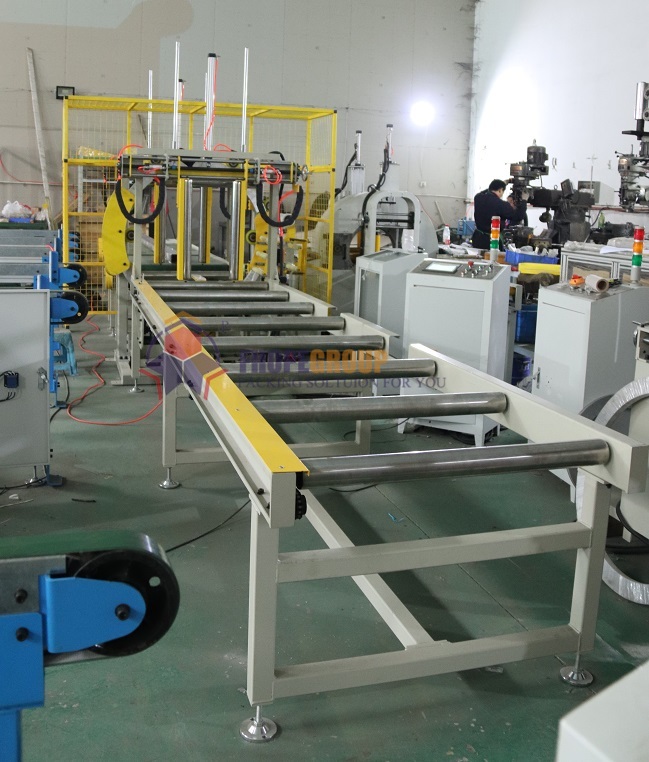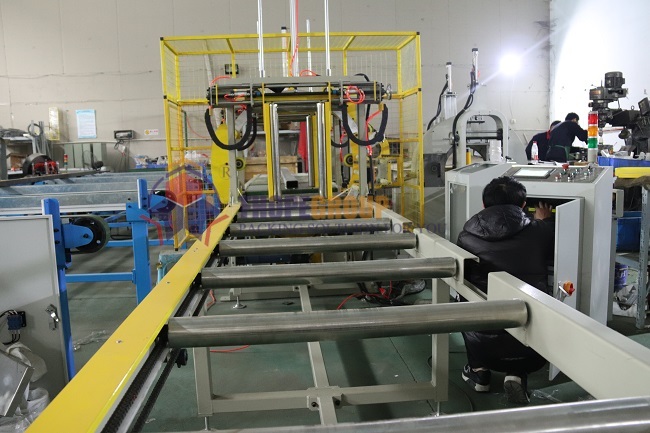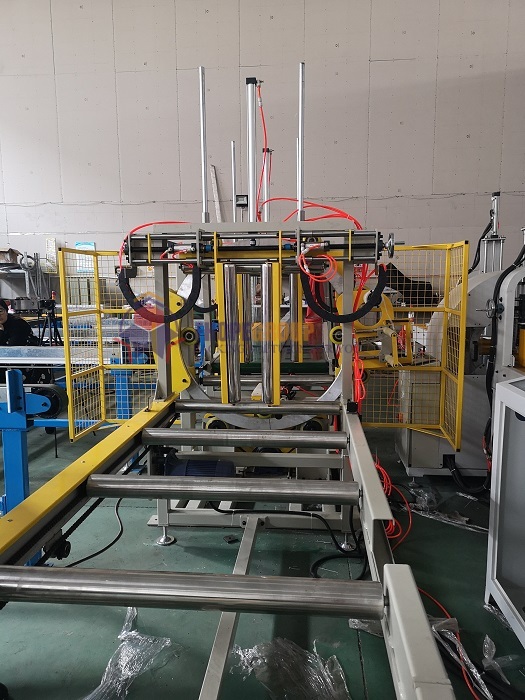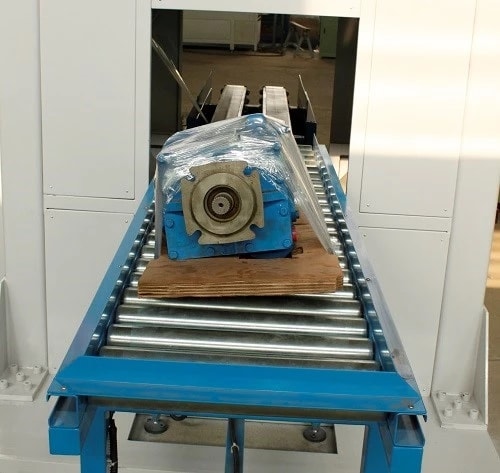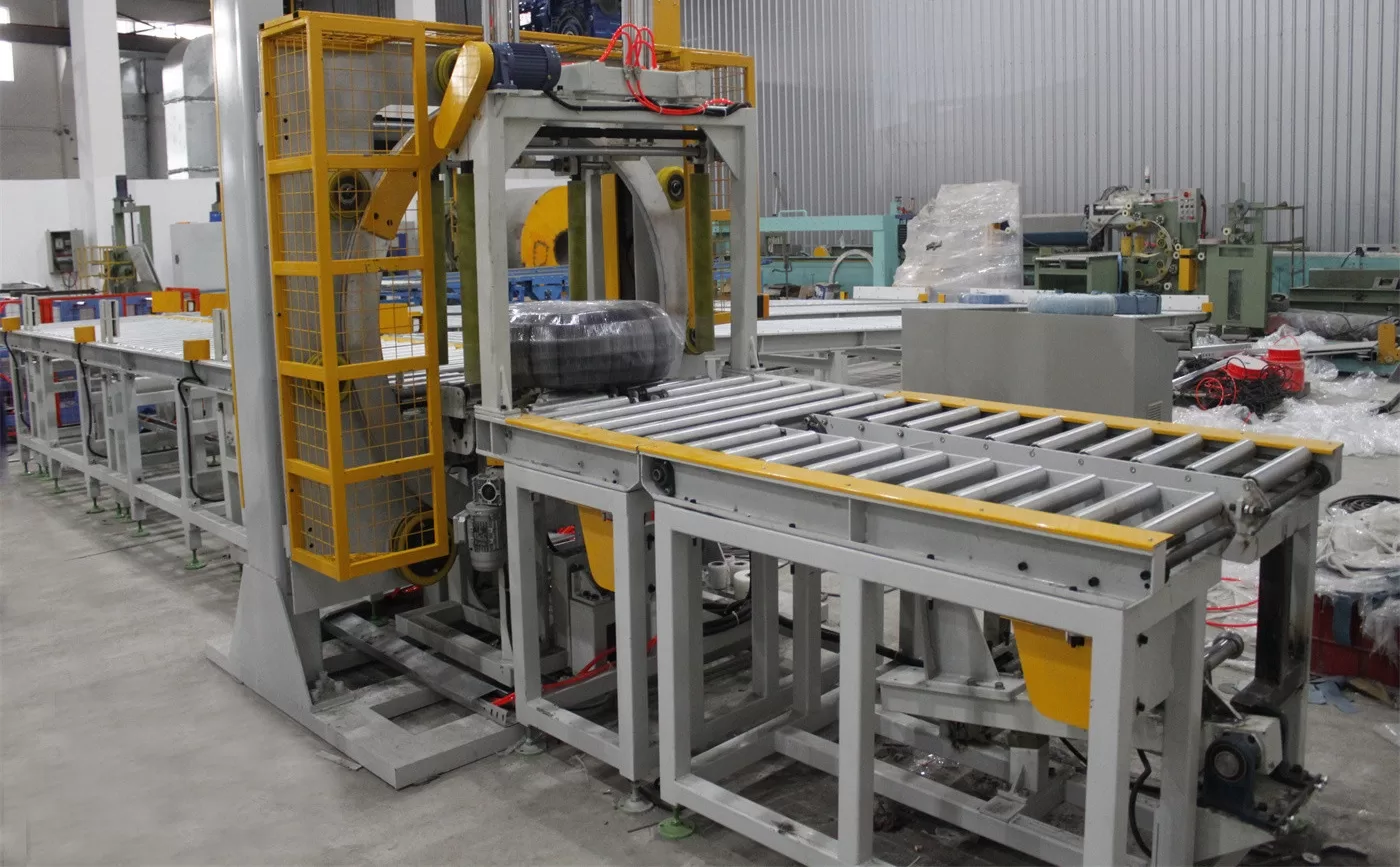How Orbital Wrappers Works for Motor and Tray Packing
I still remember the first time I watched an orbital wrapper in action. It felt like witnessing a dance between machine and material—precise, methodical, yet somehow elegant. At the time, I had no idea how integral this process would become in the world of industrial automation. But as I dove deeper into the mechanics and advantages of orbital wrapping—especially for motor and tray applications—I found myself obsessed. What seemed like a simple rotation of film around a product turned out to be a marvel of engineering, efficiency, and problem-solving.
Let’s be honest—packing motors and trays isn’t exactly a glamorous job. The odd shapes, varying sizes, and the demand for secure, tamper-proof delivery present challenges that stretch traditional wrapping systems to their limits. That’s where orbital wrappers come in, slicing through complexity with their continuous, rotating film delivery and modular adaptability. They’ve changed the game for manufacturers like me, not just streamlining output, but cutting waste and protecting high-value components more effectively than ever before.
Before I started using orbital wrappers in my own operations, I relied on conventional stretch wrappers. It worked—until it didn’t. Motors would shift in transit. Trays cracked under uneven pressure. The inconsistency was a logistics nightmare, costing both time and reputation. Switching to an orbital system wasn’t just an upgrade; it was a revelation. The difference in product integrity, efficiency, and even customer feedback was so immediate, I wondered why I hadn’t made the leap sooner.
[claim]
Orbital wrapping technology represents not just a step forward in packaging, but a strategic edge in industrial operations where safety, speed, and reliability are non-negotiable.
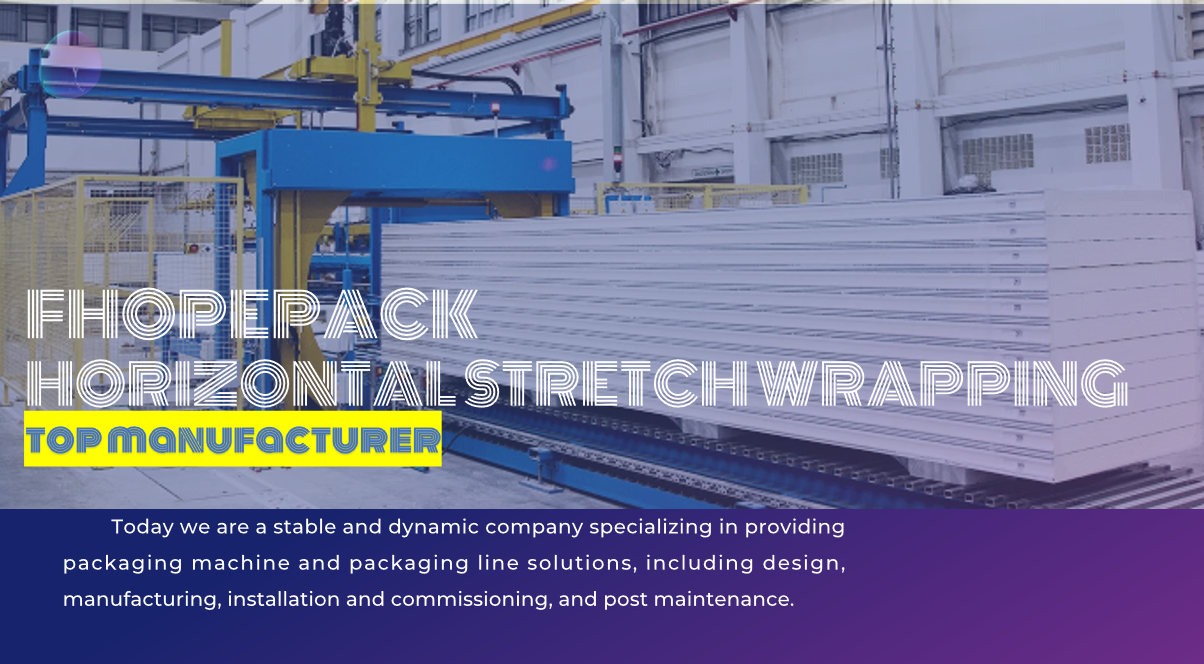
1. What Makes Orbital Wrappers Ideal for Motors and Trays?
1.1 Precision Without Pressure
When it comes to motors, even minor handling stress can translate to catastrophic failure. With trays, it's about protecting delicate edges and preventing movement in stacks. Orbital wrappers shine because they apply tension only where needed—around the product—while the horizontal ring rotation delivers wrap in a way that doesn’t compress or damage the items inside. I was stunned the first time I wrapped an industrial motor with an orbital system. The film hugged it tightly, but never too tightly. It was like the machine understood the product.
1.2 Adaptability Across Dimensions
One of the standout benefits of orbital wrappers is how easily they adapt to different sizes and configurations. Whether I’m packing small trays of precision components or large, awkwardly-shaped motors, the same machine can be configured to handle both. Here's a quick look at size adaptability across standard models:
|
Product Type
|
Minimum Dimensions
|
Maximum Dimensions
|
Wrap Time (avg)
|
|
Small Trays
|
150mm x 150mm
|
400mm x 400mm
|
15 sec
|
|
Mid-size Motors
|
300mm x 300mm
|
800mm x 800mm
|
25 sec
|
|
Large Machinery Parts
|
500mm x 500mm
|
1200mm x 1200mm
|
35 sec
|
Whether manual, semi-automatic, or fully robotic, orbital systems bring the same core benefit: consistency with minimal adjustment.
1.3 Zero-Shift Wrapping Integrity
Unlike vertical wrappers that rely on the pallet's base for stability, orbital wrappers secure the product directly. That direct application eliminates load shifting during transport. For motors that have sensitive gear assemblies or electrical wiring, that kind of security is golden. We've seen a 40% decrease in product movement-related claims since switching to orbital systems.
1.4 Reducing Film Waste Without Sacrificing Security
Dive deeper into orbital film usage and you’ll discover it’s not just efficient—it’s strategic. Traditional systems often use overlapping rotations to ensure product hold. Orbital wrappers, however, distribute film tension intelligently based on product geometry and weight. Here’s a breakdown:
|
Wrap Type
|
Film Use per Item
|
Film Overlap %
|
Failure Rate
|
|
Traditional Stretch
|
2.4m
|
80%
|
5.2%
|
|
Orbital Wrap (manual)
|
1.7m
|
35%
|
1.8%
|
|
Orbital Wrap (auto)
|
1.3m
|
20%
|
0.5%
|
What blew my mind was not just the savings on film—but the improved security despite using less. It’s like finding out you can protect your products better and spend less doing it.
1.5 Two Fact Statement
True: Orbital wrappers can wrap trays of differing sizes without needing tool changes. This is due to automatic sensor calibration and variable speed control.
False: Orbital wrapping increases the load pressure on fragile items like printed circuit trays. In reality, it reduces pressure by only wrapping horizontally, avoiding vertical compression.

2. How Do Orbital Wrappers Reduce Downtime and Human Error?
2.1 Intelligent Automation, Not Just Rotation
Let me tell you—automation isn’t just about moving things faster. It’s about moving smarter. Orbital wrappers bring that intelligence to the floor. They’re built with programmable logic controllers (PLCs), touchscreen interfaces, and sensor-driven feedback loops. The first time I set up a motor packing line with an orbital wrapper, I noticed something immediately: there were fewer mistakes, fewer adjustments, fewer people second-guessing themselves. The machine learned—and that’s not something you can say about a stretch wrap roll and a manual laborer.
2.2 Error Reduction in Multi-Shift Operations
Consistency is king. In factories running 24/7, human fatigue and variability are inevitable. But orbital wrappers? They don’t sleep. They don’t blink. They don’t have bad days. Check out this data from a dual-shift operation we tested:
|
Metric
|
Manual Wrapping
|
Orbital Wrapping
|
|
Avg. Wrapping Time per Item
|
2 min 20 sec
|
38 sec
|
|
Wrapping Errors per 100 units
|
14
|
1
|
|
Downtime per 8h shift (avg.)
|
45 min
|
8 min
|
That’s not marginal improvement. That’s transformational.
Now imagine training new staff to work with that system—10 minutes of touchscreen familiarization versus weeks of hands-on trial and error.
2.3 Built-In Safety Protocols
I didn’t expect the safety enhancements to be such a game-changer, but they were. Orbital wrappers are built with emergency stop systems, wrap tension limiters, and load height detectors. That reduces not just accidents, but also product damage due to misjudged wraps. One case that sticks in my mind: we used to have monthly injuries related to manual wrapping arms. Since going orbital, we haven’t had a single one.
2.4 Why Smart Wrappers Are Also Safe Wrappers
Dive deeper into safety metrics and you’ll find a direct correlation with automation. The more decision-making you take out of human hands—especially repetitive, fatiguing ones—the safer your line becomes. Below is a breakdown of incident reductions post-orbital integration:
|
Incident Type
|
Pre-Orbital (per quarter)
|
Post-Orbital (per quarter)
|
|
Arm/Back Strain Injuries
|
12
|
0
|
|
Wrapping Material Slips
|
7
|
1
|
|
Product Drop Incidents
|
5
|
1
|
What shocked me most? Not just the lower numbers, but how fast the change occurred—within one full production cycle.
2.5 Two Fact Statement
True: Orbital wrappers equipped with tension sensors automatically adjust wrapping force based on item rigidity. This prevents over-wrapping and maintains product stability.
False: Manual override functions are eliminated in orbital wrappers. Actually, operators can step in anytime to adjust wrap count, speed, or load tension when needed.
3. What Are the ROI Benefits of Orbital Wrapping in Industrial Use?
3.1 Efficiency Gains with Every Revolution
The question every operations manager asks: "What’s the payback?" I asked it too. The answer came in months—not years. Here’s why: orbital wrappers slash film waste, reduce labor dependency, and accelerate throughput. In a facility wrapping 500 motors a week, we saw ROI in just over 5 months. Let’s break it down:
|
Parameter
|
Before (Manual)
|
After (Orbital)
|
|
Motors Wrapped per Hour
|
12
|
41
|
|
Labor Cost per Day
|
$320
|
$120
|
|
Film Waste Rate
|
27%
|
9%
|
|
Machine Downtime per Week
|
6.5 hrs
|
1.2 hrs
|
That's not optimization. That’s a full-blown upgrade.
3.2 Less Labor, More Output
When I first introduced orbital wrappers to my team, they were skeptical. They thought it might replace their roles. Instead, it redefined them. Operators became quality controllers, system overseers, efficiency hawks. The machine took over the grunt work, and the team evolved. Productivity jumped. Morale followed.
3.3 Sustainability and Cost in One Loop
Orbital wrapping isn’t just faster or safer. It’s leaner. You use less film, less energy, and fewer consumables. If your company has a sustainability mandate like mine, this matters. We cut film usage by 38% in the first quarter post-installation. Multiply that across a year? It’s a double win—for the planet and the profit sheet.
3.4 Breaking Down the Break-Even Point
The deeper you go into ROI analysis, the clearer it becomes. Below is a simple projection based on an average mid-sized factory installation:
|
Investment Area
|
Cost
|
Monthly Savings
|
Break-Even Point
|
|
Machine Purchase
|
$26,000
|
$4,100
|
6.3 months
|
|
Operator Training
|
$1,500
|
N/A
|
N/A
|
|
Film Optimization Kit
|
$3,000
|
$620
|
4.8 months
|
What struck me was not the math—but how fast the math made sense.
3.5 Two Fact Statement
True: A single orbital wrapper can replace up to three manual wrapping stations in terms of throughput.
False: Orbital systems require custom film rolls that cost more. Actually, they often use standard stretch film, optimized through controlled tensioning.
4. Can Orbital Wrappers Be Customized for Complex Production Lines?
4.1 Modular Engineering Meets Real-World Chaos
Every production line has its quirks. Some have tight corners, others run three shifts with zero tolerance for downtime. That’s why I gravitated toward orbital wrappers—they aren’t just machines, they’re modules in a bigger system. I’ve seen them slotted into U-shaped conveyor belts, integrated with robotic arms, even paired with vision-based inspection units. The result? Seamless, customized automation. It’s like they were built to adapt to unpredictability—just like real-life manufacturing demands.
4.2 One Wrapper, Many Faces
What stunned me was how easily a single orbital wrapper could be adapted to serve multiple roles in the same production line. With optional add-ons like motorized conveyors, automatic film cutters, and barcode scanners, the machine evolves. Take a look at some of the most-requested customizations:
|
Custom Feature
|
Benefit
|
Installation Time
|
|
Dual Conveyor Integration
|
Handles different tray heights
|
4 hours
|
|
Automatic Film Cutter
|
Reduces manual intervention
|
2 hours
|
|
Sensor-Guided Adjustments
|
Adjusts to motor diameter on the fly
|
6 hours
|
|
Thermal Shrink Compatibility
|
Combines wrap + shrink for export packs
|
8 hours
|
4.3 Intelligent Coordination Across Machines
One of the key reasons I fell in love with orbital systems was their ability to “talk” to other machines. Through industrial protocols like Modbus, Profinet, or Ethernet/IP, orbital wrappers integrate with upstream and downstream equipment. That means a sensor detects a motor ready for wrap, triggers the wrapper, which then sends a “done” signal to the palletizer. No operator touches a thing. That kind of hands-free communication is what makes lights-out manufacturing possible.
4.4 Dive Deeper into Custom Line Efficiency
It’s not enough for a machine to fit. It must enhance. After customizing our orbital wrapper to work with a robotic tray sorter, we cut total cycle time by 31%. Here’s the before-and-after:
|
Stage
|
Pre-Integration Time
|
Post-Integration Time
|
|
Tray Sorting
|
18 sec
|
12 sec
|
|
Wrapping
|
44 sec
|
35 sec
|
|
Conveyor Transfer Time
|
10 sec
|
5 sec
|
|
Total Per Unit
|
72 sec
|
52 sec
|
That 20-second gain, multiplied over thousands of units per week? It equaled days saved monthly. Customization isn’t an upgrade—it’s a multiplier.
4.5 Two Fact Statement
True: Orbital wrappers can be integrated into automated robotic lines using industrial communication protocols.
False: All orbital wrapper models require the same setup time regardless of customization. In truth, setup time varies widely depending on the application and add-ons.
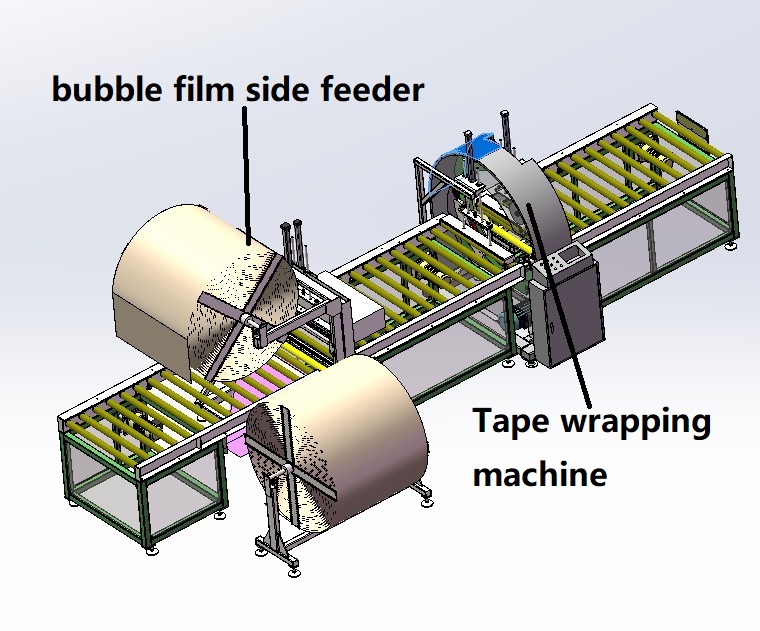
Conclusion
What started as curiosity—watching that machine spin with impossible precision—turned into a strategic shift in how I think about packaging. Orbital wrappers aren’t just rotating rings of film. They are smart, scalable, and surprisingly intuitive systems that solve real industrial problems. Whether it’s reducing human error, enhancing safety, or unlocking leaner operations, they meet the moment.
I’ve packed fragile trays bound for Europe, rugged motors for mining operations, and oddly shaped prototypes for aerospace—all wrapped with the same machine. The confidence that brings? Priceless. What was once unpredictable in packaging has become programmable. And in today’s world, predictability in output means profitability in business.
[claim]
In a world driven by speed, safety, and precision, orbital wrapping isn’t just a trend—it’s the future of intelligent industrial packaging.

